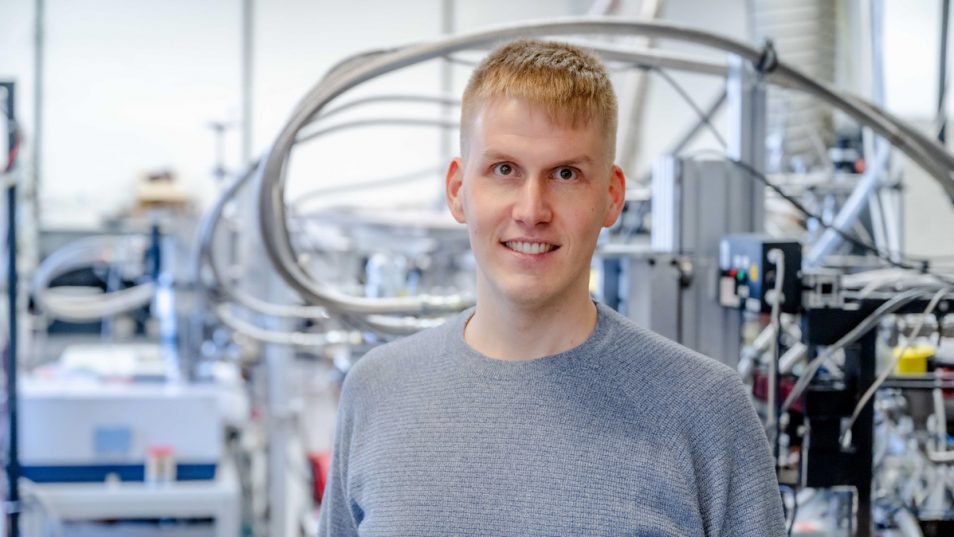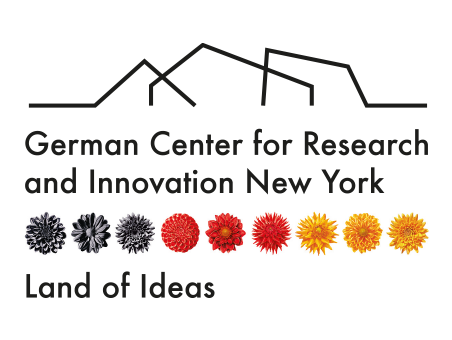New Emmy Noether Group Researches Interstellar Ice Mixtures
 © RUB / Marquard
© RUB / Marquard
A team from the Chair of Organic Chemistry II at Ruhr University Bochum plans to explore exactly how chemical processes in ice mixtures contributed to the emergence of life on Earth. The research group has set out to gain insights into how the building blocks of life were created by recreating conditions from space on Earth.
The German Research Foundation is funding the work of Dr. André Eckhardt as part of an Emmy Noether Junior Research Group with approx. 1.5 million euros for six years. “The James Webb Space Telescope enables us to capture a detailed glimpse of the ice chemistry of small dust particles in space,” says Eckhardt. “We want to recreate the conditions in space in the lab, in order to improve our understanding of the chemical processes involved in the formation of new interstellar molecules.”
The project entitled “Reactivity and Spectroscopic Characterization of Interstellar Relevant Imine Species” will start in early 2024.
Recreating harsh space conditions in the lab
Eckhardt’s team will be producing interstellar ice mixtures at low temperatures and in a high vacuum. The researchers will then irradiate the mixtures with electrons to mimic the high-energy galactic cosmic rays of outer space. “Under these harsh conditions, chemical bonds can be broken very easily. This means that simple, small building blocks can easily form larger, more complex molecules, which scientists like to think of as the building blocks of life,” says Eckhardt.
A new type of experiment will focus on detecting highly reactive species directly in the ice, which are formed immediately after the breaking of chemical bonds. Typically, these highly reactive molecules react instantly and can therefore only be detected indirectly by analyzing the newly formed compounds. “With our experiment, we hope to detect these previously unknown reactive intermediates directly in the ice, in order to draw conclusions about new astrochemical reaction mechanisms,” says Eckhardt.
The research focuses primarily on reactive nitrogen compounds. They could serve as building blocks for the amino acids, which are essential for life on Earth.
In addition to the organic synthesis of starting compounds and products, the methods include a number of spectroscopic techniques and quantum chemical calculations.
Read the article in German on the website of RUB.
